Ways To Boost Your Exercise Benefits
 Taking time out of a busy schedule is commendable, but finding ways to boost your exercise benefits is just plain smart. Exercising isn’t normally part of every American’s day. Most people have jobs that are sedentary, so getting adequate exercise means scheduling it into their day. Those with more physical jobs often don’t get a complete workout. They may have strength style movements or endurance ones, but seldom flexibility movements. That leads to injury unless they also schedule a workout time. Here are a few ways to maximize that time and give you better results.
Taking time out of a busy schedule is commendable, but finding ways to boost your exercise benefits is just plain smart. Exercising isn’t normally part of every American’s day. Most people have jobs that are sedentary, so getting adequate exercise means scheduling it into their day. Those with more physical jobs often don’t get a complete workout. They may have strength style movements or endurance ones, but seldom flexibility movements. That leads to injury unless they also schedule a workout time. Here are a few ways to maximize that time and give you better results.
Use HIIT, circuit and interval training.
With the right type of workout, you can have it all in one, strength, endurance and flexibility training. Interval training is one way to do it. One type of interval training is HIIT—high intensity interval training. The difference is the intensity at the high end. Both types of training give you more benefits in less time. Circuit training uses different types of exercises, but when done with alternating intensity, becomes interval training, too. The type of exercise you use makes the difference in whether it adds strength and flexibility. Getting more for your workout time is a huge boost.
Make strength training part of your workout.
Strength training has so many benefits. It burns up calories quickly, while also burning more calories for hours even after the workout. Unlike cardio training that burns calories from both fat and lean muscle tissue, strength training builds muscle tissue. The more you have, the more calories you burn, since muscle tissue requires more calories than fat tissue does. You’ll get benefits in the gym and afterward by including strength training.
What and when you eat makes a difference.
Drink a cup of coffee before a workout, especially if you workout first thing in the morning. Studies show it boosts performance. Eat some of your daily carbs before going to the gym. Your body needs fuel for a workout and you’re far better off giving it that fuel before a workout than afterward, where the calories can go to fat. Eating your carbs ahead of time increases your overall effort and calorie expenditure, too. It also helps muscle growth.
- Exercise with a friend. You’re more likely to push a little harder when you have a friendly competition and keep on working out even if you’re tired. It’s one reason trainers help get the best results. They hold you accountable, just like an exercise buddy does.
- Don’t do strength training every day. Give your muscles a chance to heal. If you do too much without that rest, you won’t get the results you hope to achieve. In fact, it actually negatively affects building.
- Make sure you hydrate frequently. Water is your friend. I have an older client that calls it her magic elixir. Since the older you are, the quicker you dehydrate, she is absolutely right!
- Get the right amount of sleep. No matter whether you’re going to the gym or going to work, a good night’s sleep is important to keep you focused and less apt for injury. It helps you boost your intensity, too.

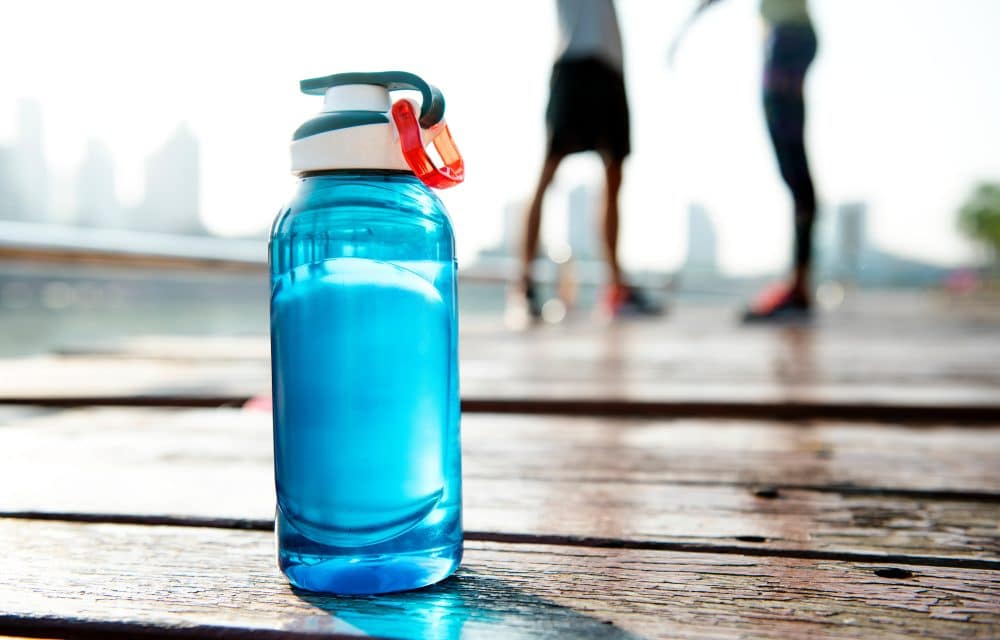

 Everyone has those days when you want to scream at the store clerk, kick the dog or knock off everything on the counter. It’s often created by an extremely stressful situation that occurred earlier, but sticks with you for a long time. You can get rid of that bad mood by working out. It doesn’t take long before you feel the mood lifting back to your normal, relaxed self.
Everyone has those days when you want to scream at the store clerk, kick the dog or knock off everything on the counter. It’s often created by an extremely stressful situation that occurred earlier, but sticks with you for a long time. You can get rid of that bad mood by working out. It doesn’t take long before you feel the mood lifting back to your normal, relaxed self.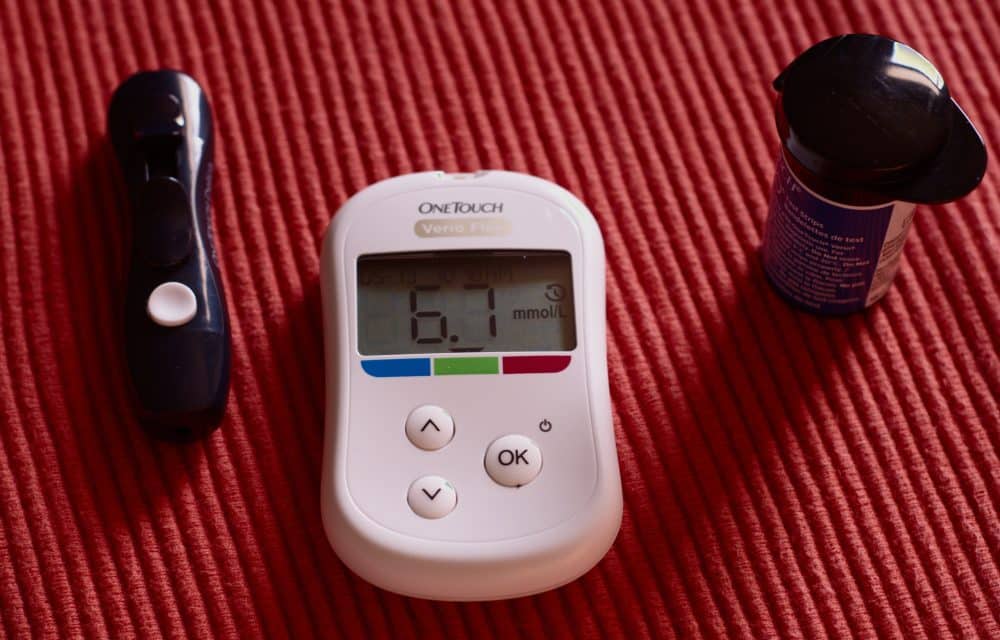
 Losing weight is important if you want to avoid type 2 diabetes, but you also can reduce your risk of diabetes by exercising. Exercise provides other benefits too, including heart health. It helps lower LDL and triglycerides, while raising the healthy cholesterol, HDL to make your cholesterol profile healthier. It builds strength and improves your mood. The benefits it offers to your body also helps you reduce your diabetes risk by regulating your blood sugar levels, aiding in weight loss and increasing insulin sensitivity.
Losing weight is important if you want to avoid type 2 diabetes, but you also can reduce your risk of diabetes by exercising. Exercise provides other benefits too, including heart health. It helps lower LDL and triglycerides, while raising the healthy cholesterol, HDL to make your cholesterol profile healthier. It builds strength and improves your mood. The benefits it offers to your body also helps you reduce your diabetes risk by regulating your blood sugar levels, aiding in weight loss and increasing insulin sensitivity.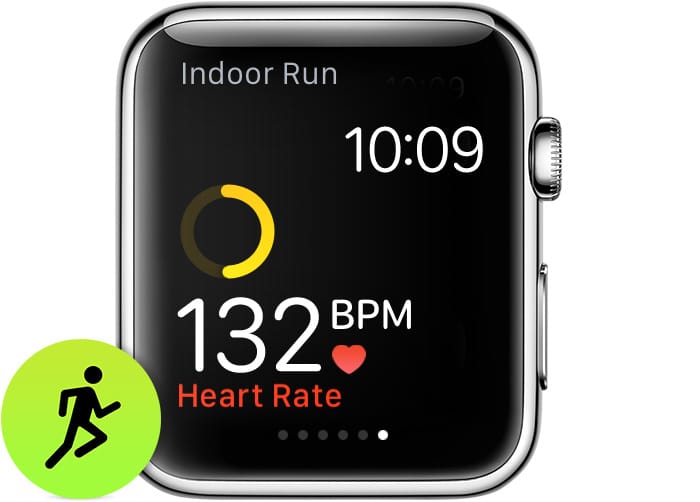
 There’s a lot of clients in Louisville, KY that ask for help from a personal trainer to help shed weight. They also know that exercise lowers high blood pressure in the process. When you participate in a program of exercise, you’re heart pumps hard, making it stronger. That means it pumps with less effort and causes the force exerted on your arteries to be less. Lowering that force means lower blood pressure.
There’s a lot of clients in Louisville, KY that ask for help from a personal trainer to help shed weight. They also know that exercise lowers high blood pressure in the process. When you participate in a program of exercise, you’re heart pumps hard, making it stronger. That means it pumps with less effort and causes the force exerted on your arteries to be less. Lowering that force means lower blood pressure.
 A teenager’s nutritional needs are different from their parents and even different from younger children in the family. I see so many teens in Louisville, KY that are consuming junk food for their primary meals and wonder whether they even know what constitutes a healthy meal. It wouldn’t be unusual to find they don’t, many adults don’t have that knowledge either. As a parent, you probably have very little control over what your child eats when he or she is away from home, but you can control what they eat at home.
A teenager’s nutritional needs are different from their parents and even different from younger children in the family. I see so many teens in Louisville, KY that are consuming junk food for their primary meals and wonder whether they even know what constitutes a healthy meal. It wouldn’t be unusual to find they don’t, many adults don’t have that knowledge either. As a parent, you probably have very little control over what your child eats when he or she is away from home, but you can control what they eat at home.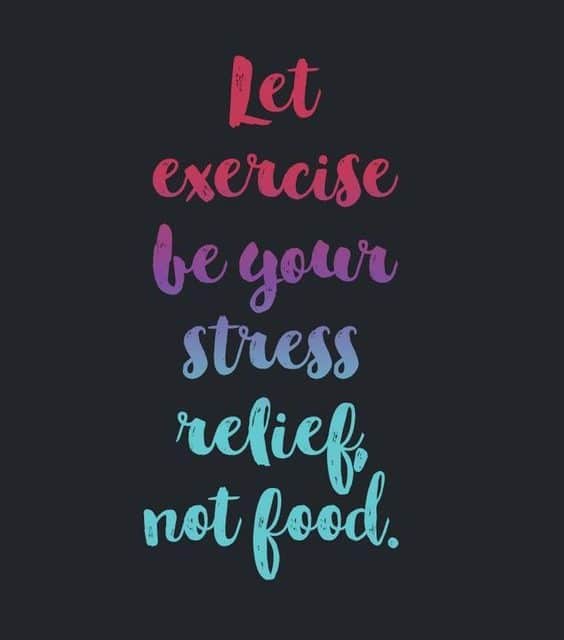
 When man lived in caves, stress hormones were extremely important for to remain alive. They prepared early man to flee or fight if necessary. Today, stress hormones also play a role in good health, but they also play a major role in illness when left unattended. Blood pressure increases, the flow of blood to extremities and away from non-essential smooth muscles like the digestive system occurs. Returning the level of stress hormones back to normal would involve running or fighting, but today’s stresses don’t call for either, so they remain causing damage to the body.
When man lived in caves, stress hormones were extremely important for to remain alive. They prepared early man to flee or fight if necessary. Today, stress hormones also play a role in good health, but they also play a major role in illness when left unattended. Blood pressure increases, the flow of blood to extremities and away from non-essential smooth muscles like the digestive system occurs. Returning the level of stress hormones back to normal would involve running or fighting, but today’s stresses don’t call for either, so they remain causing damage to the body.
 Are you pedaling for miles on that stationary bike riding to nowhere or running down the street each morning at the crack of dawn, but still find you can’t lose those excess pounds. It might be the type of workout your doing. Is that cardio making you fat? Is it sabotaging your efforts to lose weight, while teasing you into believing that it’s what’s going to work? Before you throw your running shoes in the garbage or change the stationary bike to a clothes rack, cardio workouts have a place in your fitness program. However, doing ONLY cardio won’t beef up your metabolism and may make it harder to shed weight.
Are you pedaling for miles on that stationary bike riding to nowhere or running down the street each morning at the crack of dawn, but still find you can’t lose those excess pounds. It might be the type of workout your doing. Is that cardio making you fat? Is it sabotaging your efforts to lose weight, while teasing you into believing that it’s what’s going to work? Before you throw your running shoes in the garbage or change the stationary bike to a clothes rack, cardio workouts have a place in your fitness program. However, doing ONLY cardio won’t beef up your metabolism and may make it harder to shed weight.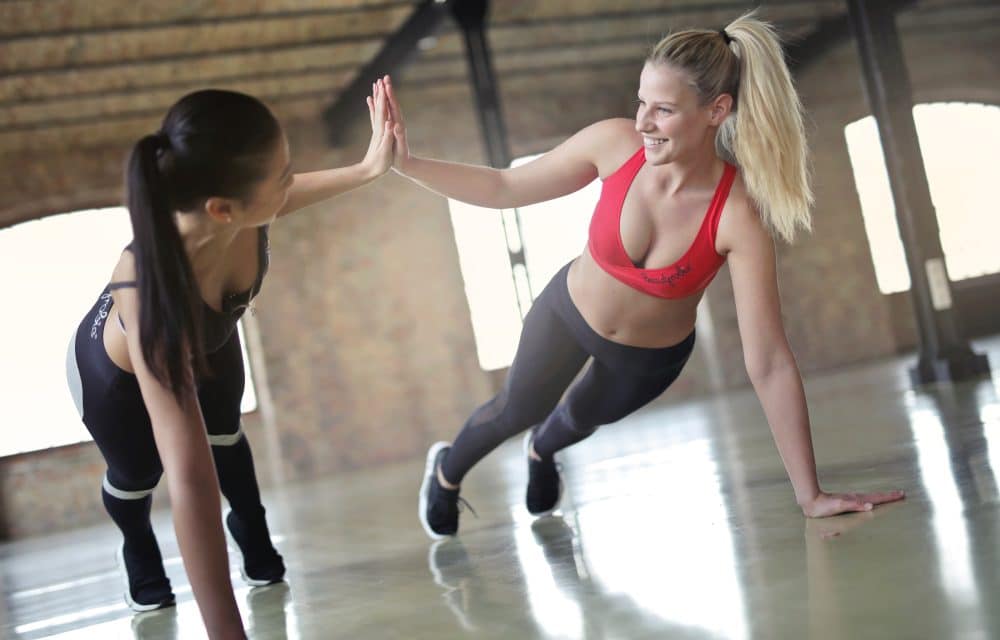
 The benefits of workout partners are easy to identify. In fact, one of them is the very reason people use personal trainers. Workout partners keep you accountable for your workout. If you have an appointment to meet a buddy at the gym, the odds of you going increase, just as they do when you workout with a trainer. Some studies show that even having someone check on you to see if you worked out that day can improve your chances of maintaining a regular workout schedule. +
The benefits of workout partners are easy to identify. In fact, one of them is the very reason people use personal trainers. Workout partners keep you accountable for your workout. If you have an appointment to meet a buddy at the gym, the odds of you going increase, just as they do when you workout with a trainer. Some studies show that even having someone check on you to see if you worked out that day can improve your chances of maintaining a regular workout schedule. +
 In fitness, there are lots of different types of plateauing. You can have a plateau that puts a ceiling on the amount of weight you lift, a plateau where you’re stuck at the intensity of a workout and a plateau for weight loss. Most people hear plateauing and think of weight loss. That’s because it’s one of the biggest frustrations people who try to lose weight often face. There are ways to break a plateau, but first you need to identify why it occurred.
In fitness, there are lots of different types of plateauing. You can have a plateau that puts a ceiling on the amount of weight you lift, a plateau where you’re stuck at the intensity of a workout and a plateau for weight loss. Most people hear plateauing and think of weight loss. That’s because it’s one of the biggest frustrations people who try to lose weight often face. There are ways to break a plateau, but first you need to identify why it occurred.